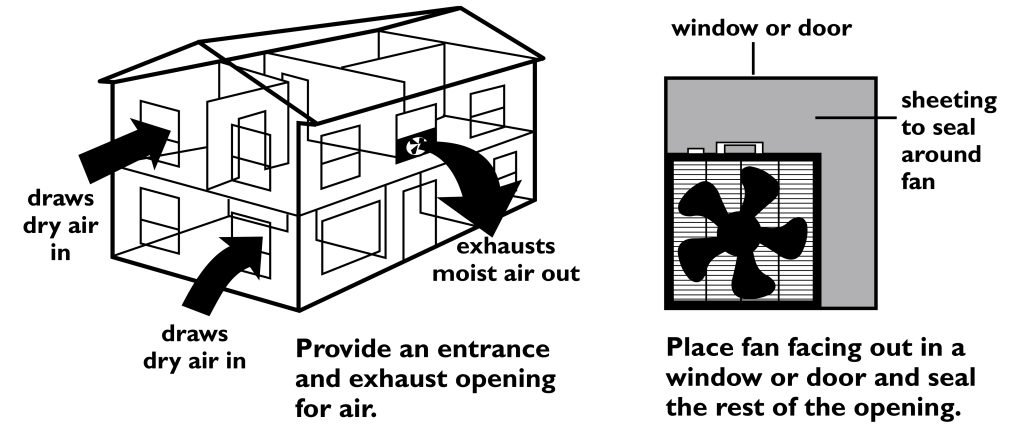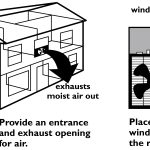Safety and efficient drying procedures are key to basement water damage recovery

Intense summer rain has left homeowners across the region with wet basements.
To address water-damaged basements, Ken Hellevang, professor emeritus and retired North Dakota State University Extension agricultural engineer, recommends a multistep approach that includes water removal, cleaning, drying and preventing mold growth.
Safety first
Water conducts electricity, says Hellevang, so care is required if materials are wet. If someone does not have the expertise to determine if it’s safe to be in the basement, they should call a licensed electrician to determine if there is a safety hazard. All circuits being used should be protected with a ground fault circuit interrupter (GFI). Some extension cords include a GFI. This is for personal protection.
All electrical equipment that has been submerged needs to be reconditioned by the original manufacturer or its approved representative, or it needs to be replaced. Electrical wiring that has been submerged may require replacement depending on the type of wire.
“If the water might have chemical or biological contaminants, wear protective gear and handle it appropriately,” says Hellevang.
Water removal
Use pumps, if necessary, and then a wet/dry vacuum or call a professional cleanup service to remove water. Move furniture, belongings and other items to a dry area. Use dry airflow around objects to assist with rapidly removing any dampness.
Cleaning
Scrub surfaces with hot water and a heavy-duty cleaner. Then, sanitize with a solution of ½ cup of chlorine bleach per gallon of water, keeping the surface wet for a few minutes, according to the label, or use a product that is labeled as a sanitizer to kill germs, especially after biological pollutants. Don’t mix cleaning products. A combination of chemicals can give off toxic fumes.
Hellevang recommends thoroughly cleaning concrete walls and floors. Some carpet that is made to be exposed to the weather can be cleaned and dried. Remove materials like carpet with padding, since it is extremely difficult to adequately clean and dry them unless it is a small area. Lift the carpet and pad so fans can circulate air on both sides of each. The exposed surface of drywall may be cleaned, but because it is porous, moisture will move through the drywall if exposed to water; the inside of the drywall may mold before it dries, leading to a health hazard. Rapid drying of an uninsulated wall cavity may prevent mold growth.
Drying and ventilation
Open windows (if the weather is dry) and use fans to increase airflow, both circulating within the basement and exhausting from the basement. Remember that for moisture removal, there must be an air exchange — both an inlet and an exhaust are needed. Place one fan exhausting air from the basement and another drawing in dry air. Dry airflow must circulate over all surfaces and be exhausted to the outdoors to ensure rapid drying.
Run a dehumidifier to lower humidity if the outdoor air is humid.
“Much more moisture can be removed using ventilation than with a dehumidifier,” says Hellevang. “Once materials are nearly dry, a dehumidifier can be used for the final drying.”
Mold prevention
• Monitor humidity: Keep humidity levels below 60% to limit the potential for mold growth.
• Act quickly: Dry materials within a few days, preferably 2-3 days.
• Isolate: If mold is present, isolate affected items to limit the spread of fungal spores, and remove the moldy material.
Homeowners should review their insurance policy to understand coverage for water damage, including groundwater seepage or sewer backups. Keep a list of the damage, and take photos or video while cleaning.
“Complete records are needed for insurance claims, disaster assistance applications and income tax deductions,” reminds Hellevang.
If the damage is extensive or the proper remediation process is unclear, consider contacting a professional water damage restoration company.
For more information about summer storm recovery, visit ndsu.ag/summerstorms25.
-North Dakota State University






